Porcupine Ray Facts
- Perhaps most notably, the remarkable and fascinating Porcupine Ray qualifies as an extremely rare species of ray. In point of fact, this fabulous creature also currently remains the only known member of its genus. Few species known to man can make such a claim.
- Among professional researchers, however, the fascinating animal remains best known by its official, scientific name, That, though, remains the extremely hard to pronounce technical term of Urogymnus asperrimus. By either name, though, it’s a remarkable work of Nature.
- But, this intriguing ocean animal does not remain well-known just for that single reason alone, impressive though it may be. That holds true for a very good reason, in fact. This occurs due to the fact that the intriguing animal also remains unique in a wide variety of other ways.
- For one thing, unlike many related species, the stunning Porcupine Ray typically remains quite calm and sedate in its actions. This is easily evidenced by the fact that individuals remain extremely placid. As a result of this behavior, many often tolerate the approach of divers.
- Unfortunately, however, the population of this amazing species appear to be dwindling. Even worse, this marvel of Nature does not yet enjoy any protection under the law. Understandably, therefore, given these factors the IUCN presently lists it as Vulnerable on its Red List.
Related Articles
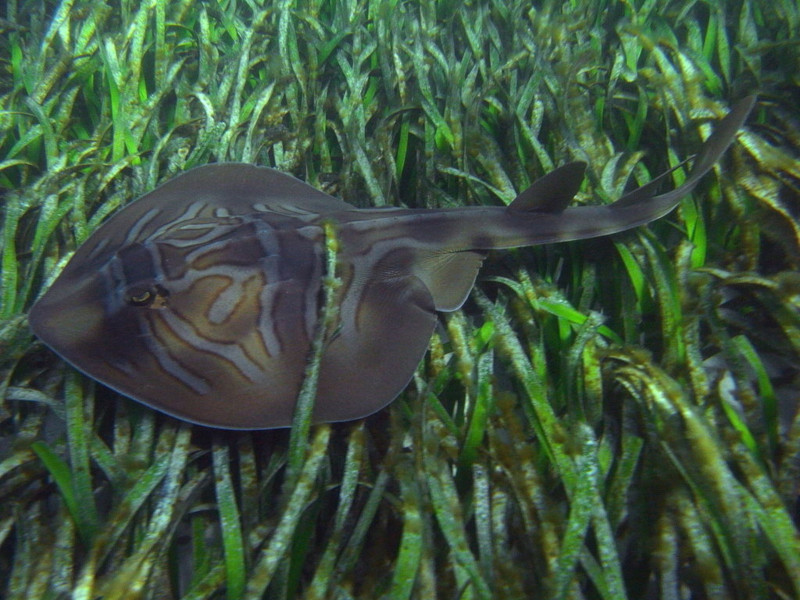
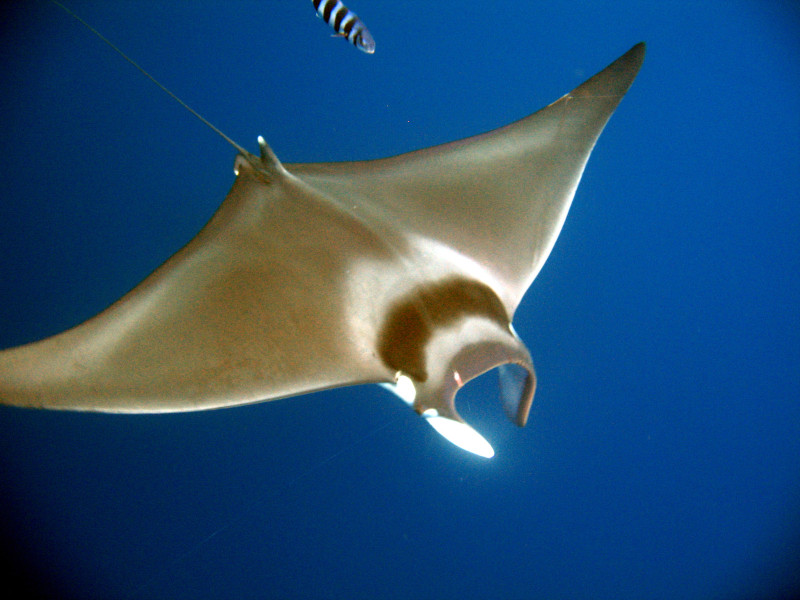
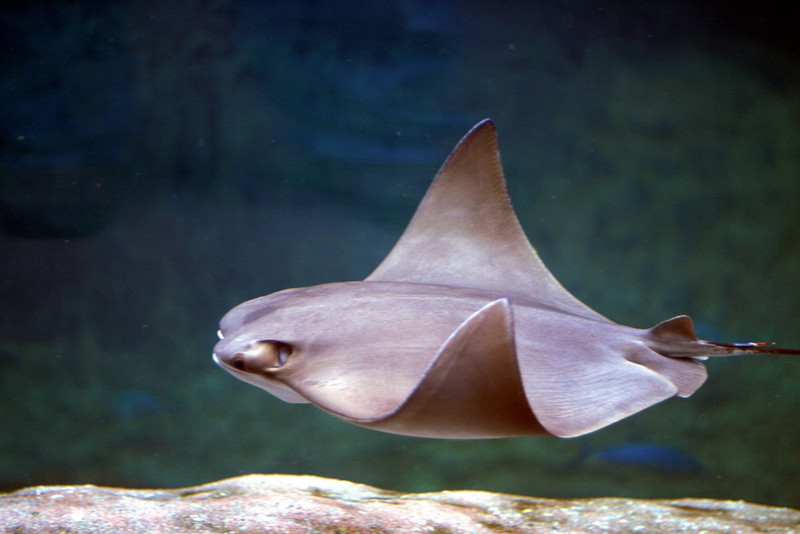
Porcupine Ray Physical Description
The dazzling Porcupine Ray remains an extremely large variety of ray, though by no means the largest of them all. That’s because the animal attains an average body size of 3.9 ft (1.2 m) across. Exceptional individuals exceed this significantly, sometimes measuring up to 4.9 ft (1.5 m).
The coloring varies significantly between individuals, and typically consists of various shades of either gray or brown. The eyes further develop quite small, and appear placed comparatively close together. The area surrounding the mouth also develops as heavily covered by papillae.
Perhaps most markedly of all, it remains famous, or perhaps notorious, for its numerous thorny projections. These physical features cover most of the body. However, these attributes evolved to serve a purpose. That holds true due to the fact that these actually form a defense mechanism.
One more evolutionary feature further distinguishes the aptly-named Porcupine Ray from other rays more than any of the one’s previously mentioned. As it turns out, this particular type of ray intriguingly represents the only member of its Family that does not possess a venomous spine.
- Kingdom: Animalia
- Phylum: Chordata
- Class: Chondrichthyes
- Order: Myliobatiformes
- Family: Dasyatidae
- Genus: Urogymnus
- Species: U. asperrimus
Porcupine Ray Distribution, Habitat, and Ecology
The magnificent Porcupine Ray also possesses another factor in its favor. That’s the fact that it inhabits a range that extends across a wide territory range, even though the population density remains sparse. That’s because part of its endemic range includes the Indian and Pacific Oceans.
The remarkable marine creature also inhabits portions of the Mediterranean Sea and the Atlantic Ocean. Within that range, this marvel of Nature predominantly lives as a bottom-dweller. The amazing fish also prefers to inhabit shallow water areas of coral, sandy bottom, or seagrass.
In keeping with this demlonstrable habitat preference, individuals of the species rarely live at depths that exceed 100 ft (30 m). Wherever individuals make their presence known, though, all exhibit the same general behavioral patterns. That fact includes dietary prefrences, among many others.
The diet of this variety of ray primarily consists of a broad variety of comparatively small bony fishes. Yet, it also dines on various forms of small invertebrates native to its specific habitat region. This mostly includes crustaceans and sea worms. These it typically digs out from the ocean floor.
Habitat degradation, primarily due to coastal development, also appears to currently constitute the leading threat to the Porcupine Ray. Nevertheless, certain other factors threaten it’s existence as well. In this, at least, the animal mirrors the situation of countless other marine species.
High on any such list of threats to the existence of the Porcupine Ray appears the factor of continued commercial fishing practices. Multiple coastal fisheries often unintentionally catch this species during their activities. Given its already precarious position, this poses a severe threat.
Species Sharing Its Range
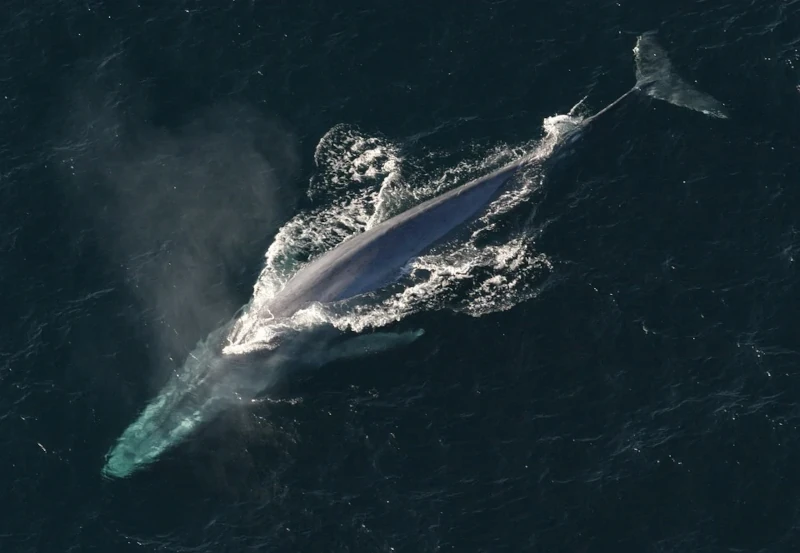
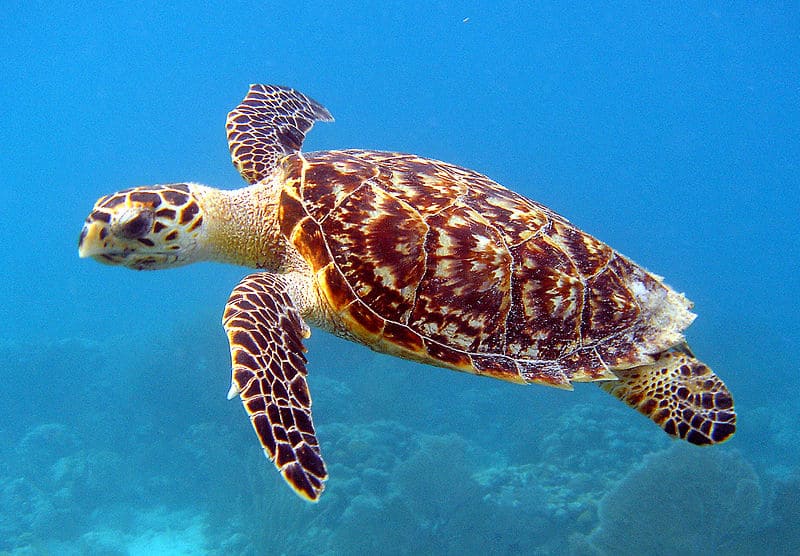

Check out our other articles on 6 Fabulous European Lepidoptera, Puffin, Pingualuit Crater Lake, Tiger Rattlesnake, Rainbow Eucalyptus, Purple Frog, East African Lowland Honey Bee
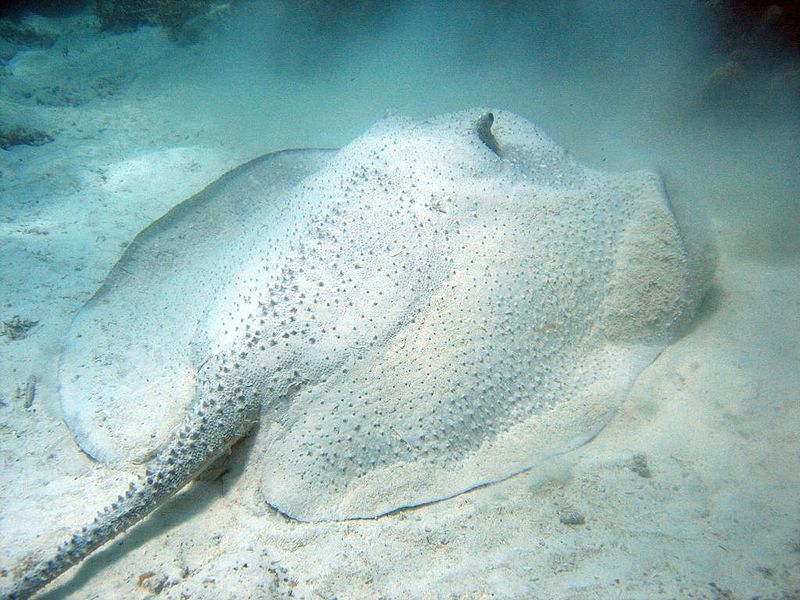
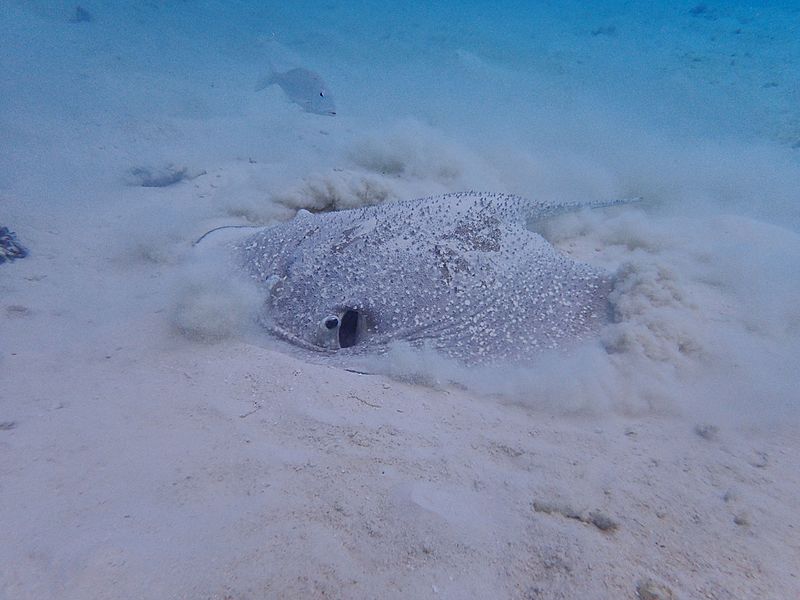
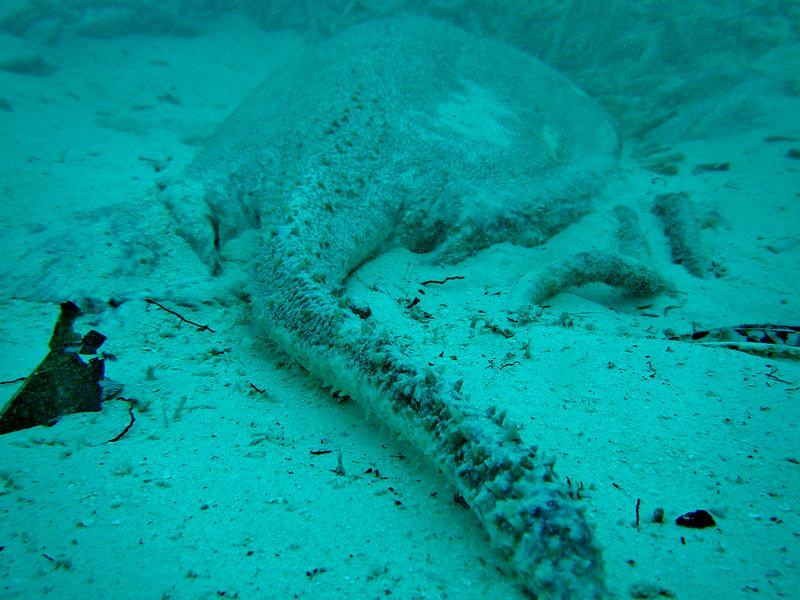









Leave a Reply